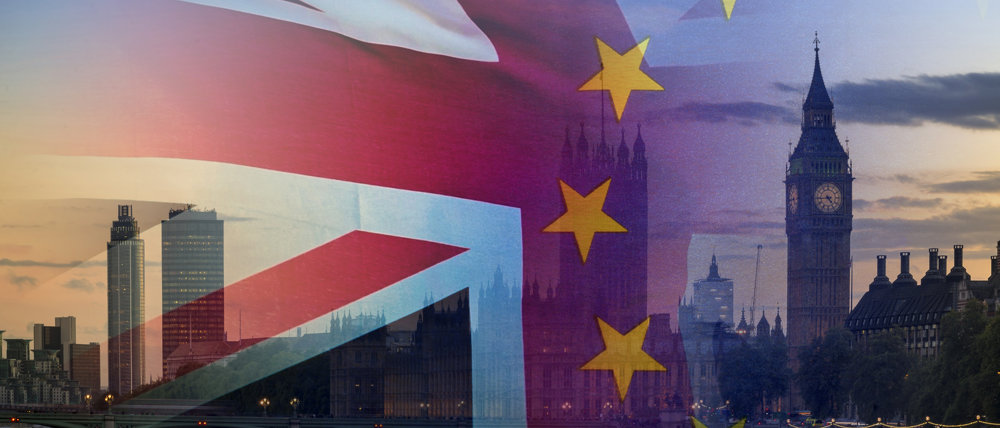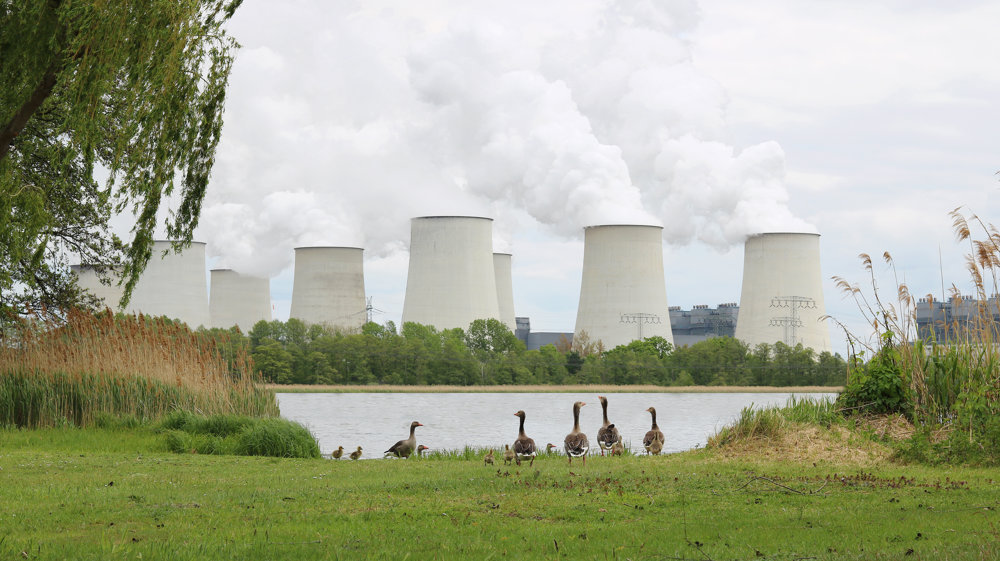On the first few days outside the European Union, let’s take a moment to consider our national environmental policy, more specifically the recently published “Environmental Bill.” So, what is the Government’s Environmental Bill?
On 15th October 2019, following the Queen’s Speech, the government put forward a Landmark Environmental Bill ‘to tackle the biggest environmental priorities of our time’.
The Bill has been prepared in order to ensure that the current EU based Environmental Law is preserved and where possible enhanced as we leave the EU.
The concept is that new national environmental principles and targets will be protected by Law and measures will be introduced to improve pollution and restore habitats.
New Legislation will be created with legally binding environmental improvement targets and a new independent government body will be established, ‘Office for Environmental Protection’ (OEP). It will be the OEP’s responsibility to assess compliance to environmental policy and law, investigate complaints and take enforcement action against public authorities, if necessary, in order to preserve and maintain environmental standards.
The new Office’s powers will cover all climate change legislation and will hold the government accountable to its commitment to ‘reach net zero emissions by 2050’, where necessary.
What does achieving net zero emissions by 2050 really mean?
It means that by 2050, emissions should not be higher than they are at the moment and should demonstrate a net increase of zero.
So, it would appear, at face value, that the current Government’s commitment is to try to maintain current pollution levels rather than a commitment to drastically achieve meaningful reductions.
When we consider the number of air pollution related deaths every year across the country, it is worrying that presently the government’s only legally binding commitment is to maintain the current pollution levels for the next 30 years, rather than employ meaningful measures or adopt a commitment to reduce it.
Based on the current pollution levels, associated mortality statistics and in the absence of legally binding ‘pollution reduction targets’, like those currently implemented by EU, over a million additional pollution-related deaths could potentially occur by 2050.
What the Bill pledges to fulfil in terms of air quality versus what is being delivered
- The Bill will include long-term, legally binding targets on air quality.
At this stage no further details are available on what these targets may be and their true significance. A target, unless specified as a ‘reduction target’ (which is not the case within the Bill) does not always have to mean a reduction, it could simply mean ‘maintenance’ or even an acceptable or justifiable increase allowed. A justifiable increase could be based on anything from population growth or development requirements, through to cost implications, where the cost of meeting such target would be disproportionate to the benefits.
The current Bill does not provide clarification on what these ‘Targets’ might be, whether they would be reduction, a net zero or an allowance to increase to promote development and financial stability as we leave the EU.
What we do know is that the Secretary of State may amend any targets at any time, as long as a statement explaining the reasons for this amendment are presented and subsequently approved by Parliament.
Under Chapter 1, Section 3 - Environmental targets: Process, it states the following:
“…Before making regulations under section 1 or 2 which set or amend a target the Secretary of State must be satisfied that the target, or amended target, can be met.”
It is not entirely clear what this statement might mean, however it suggests that The Secretary of State will only be able to set or amend targets, as long as they are satisfied that these can be met.
Currently, and for many years, many areas in UK have not met the EU health-based targets and national guidelines for a number of pollutants. Therefore it is unclear what this might mean for the future where targets are set on potential achievability rather than the affect to human health.
How closely are the main sources of air pollution monitored in the UK?
- The Bill will improve air quality ‘by fighting pollution so children can live longer healthier lives…’, that ambitious legally binding targets will be set by the Secretary of State for fine particles (particulate matter PM5) and that local government powers will be increased to address sources of pollution, enabling local authorities to work with families to cut harmful pollution from domestic burning by using cleaner fuels.
Domestic burning is almost certainly the principal source of PM2.5 in London and although this is a very serious issue that needs addressing, this is not the case for the rest of the country. So, what about the rest of the country and the other pollutants of concern, currently not covered by the Bill?
Nitrogen Dioxide (NO2) alone, a toxic gas mainly a by-product of combustion, originates largely from car exhausts and secondly by power generation plant. Exceedances to NO2 national objective levels and European legally binding targets has been for many years and still is the main cause of declaration of the majority of the Air Quality Management Areas (AQMAs) throughout the country. An AQMA is an area where monitoring has been undertaken at local government level and it has been identified that European Health Based Limits have not been met. The local government is then required to prepare an ‘Action Plan’ for addressing such exceedances.
Currently, NO2 is the pollutant that is most monitored in UK, due to its high toxicity and high concentrations in many urban centres throughout the country. Very few local authorities outside London Boroughs monitor for PM10 at more than one location and very few actually monitor PM2.5 within their area.
Subsequently NO2 is the pollutant we currently hold the most evidence about its actual concentrations, which are monitored at numerous locations under each local authority. This evidence has demonstrated that despite the many ‘actions’ and ‘action plans’ prepared over many years, NO2 levels still exceed the health-based limits set by The WHO and subsequently the EU at numerous urban/busy locations.
Clearly the action taken to date has not been successful at significantly reducing NO2 concentrations, and UK has repeatedly failed to meet EU pollution targets and even their own current ‘guideline levels’. However, the need to take action and implement legally binding targets to reduce NO2 concentrations is not covered within the current Bill…
So, is this our plan?... it would be interesting to see what comes next and when exactly national health will be considered seriously or even become a priority in national policy.








